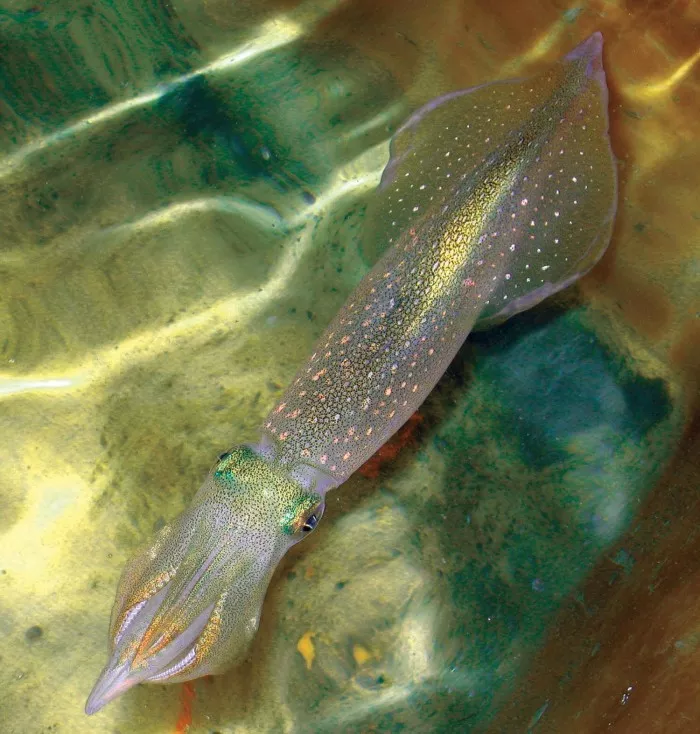Squid, octopus and cuttlefish are wonderful and strange creatures, even to the scientists who study them. Known as molluscs or cephalopods, they have the largest nervous system of all invertebrates, complex behaviors, such as instantaneous camouflage, arms full of dexterous suction cups, and other unique evolutionary features.
Now, scientists have delved into the genome of cephalopods to understand how these unusual animals formed. In the process, they found that the genomes of cephalopods were as strange as those of these animals. Scientists from the Woods Hole Marine Biology Laboratory (MBL), the University of Vienna, the University of Chicago, the Okinawa Institute of science and technology and the University of California, Berkeley, reported their findings in two new studies published in the journal Nature communications.
"Large and fine brains have evolved several times," said Caroline Albertin, a co lead hibbitt researcher at MBL. "A famous example is vertebrates. The other is soft cephalopods. As a separate example, they show that large and complex nervous systems can be combined. By understanding the genome of cephalopods, we can have an in-depth understanding of important genes in the establishment of nervous system and the function of neurons.".
In an article published this week by Albertin et al., the team analyzed and compared the genomes of three cephalopod species - two squids (doryteuthis pealeii and Euprymna scolopes) and one Octopus (Octopus B IMACuloides) 。
Sequencing the genomes of these three cephalopods, let alone comparing them, is a difficult task funded by the grass foundation and has been carried out in laboratories around the world for several years.
"The biggest advance in this new work may be the provision of chromosome level combinations of no less than three cephalopod genomes, all of which can be studied in MBL," said Clifton Ragsdale, co-author and professor of neurobiology and biology and anatomy at the University of Chicago.
"Chromosome level assembly allows us to better refine which genes are present and what their order is, because the genome is less fragmented. So now we can start studying the regulatory elements that may drive the expression of these genes," Albertin said
Finally, comparing genomes led scientists to conclude that three factors contributed to the evolution of the new characteristics of mollusc cephalopods.
In the early stage of evolution, the genome of cephalopods was reorganized on a large scale
Expansion of specific gene families
Large scale editing of messenger RNA molecules, especially in nervous system tissues.
Most notably, "they found that the genome of cephalopods was" incredibly scrambled ".
In a related study published last week (schmidbaur et al.), the team explored how the highly recombinant genome in Euprymna scolopes affects gene expression. The team found that genome rearrangement led to new interactions that may be involved in the manufacture of many new cephalopod tissues, including their large and elaborate nervous system.
"In many animals, the sequence of genes in the genome has been preserved throughout evolution. But in cephalopods, the genome has undergone explosive recombination. This is an interesting situation: genes have been placed in new positions in the genome, and new regulatory elements drive gene expression. This may create opportunities for the evolution of new traits," Albertin said

